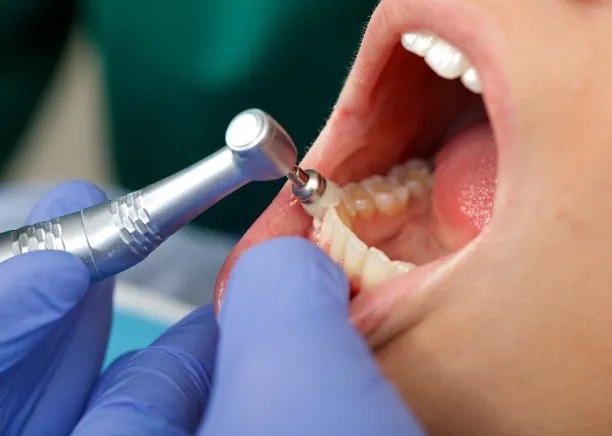The Essential Guide to Extracting a Tooth Safely and Comfortably for Better Oral Health
Summary: Extracting a tooth can be an intimidating experience for many patients, yet understanding the process and ensuring comfort can significantly improve the outcome. This comprehensive guide outlines the essential steps and considerations for safely extracting a tooth while prioritizing patient comfort. From the critical pre-extraction consultation to post-extraction care, this guide offers valuable insights for both patients and dental professionals alike. By focusing on strategic planning, effective communication, pain management, and aftercare, individuals can navigate tooth extraction with greater ease, leading to better overall oral health.
1. Importance of Pre-Extraction Consultation

The pre-extraction consultation is a crucial first step in the tooth extraction process. It provides a platform for both the dentist and the patient to discuss medical history, current symptoms, and any concerns regarding the extraction. During this consultation, dentists assess the tooth and surrounding tissues to determine the best approach for extraction.
Moreover, patients should be encouraged to ask questions and express any fears they may have. A thorough understanding of the procedure can alleviate anxiety and promote cooperation between the patient and the dentist, creating a more positive experience.
Additionally, imaging tests such as X-rays may be performed to gather further information about the tooth鈥檚 position and condition. This helps in formulating a comprehensive extraction plan tailored to the patient鈥檚 specific needs.
2. Ensuring Comfort During the Extraction
Comfort during the extraction process is paramount to ensure a smooth experience for the patient. Dentists should discuss sedation options with patients ahead of the procedure. Local anesthesia is the most common choice, numbing the area around the tooth while keeping the patient awake and alert.
For patients with heightened anxiety, sedation dentistry may be recommended. Options such as nitrous oxide or intravenous sedation can help in minimizing discomfort and making the procedure less daunting.
Furthermore, establishing a calming environment in the dental office can significantly enhance comfort. Soft lighting, relaxing music, and positive reassurance from the dental team can contribute to reducing stress and anxiety levels during the extraction.
3. Managing Pain and Discomfort Post-Extraction
Post-extraction pain management is as important as ensuring comfort during the procedure itself. After the extraction, patients may experience some discomfort, which can be mitigated through effective pain management strategies. Dentists may prescribe analgesics or recommend over-the-counter pain relievers to manage pain effectively.
Additionally, patients should be provided with detailed aftercare instructions. These may include avoiding hard foods, maintaining oral hygiene, and applying ice packs to reduce swelling in the first few hours post-surgery. Following these guidelines can significantly aid the healing process.
Furthermore, communication should remain open between the dentist and patient after the extraction. Patients should feel comfortable reaching out if they experience unexpected pain or complications, ensuring prompt response and appropriate care.
4. The Role of Aftercare in Recovery
Aftercare plays a vital role in the recovery process following a tooth extraction. The first 24 to 48 hours are critical, and adhering to aftercare instructions can help patients avoid complications such as infection or prolonged bleeding. Dentists often recommend resting, hydrating, and eating soft foods during this recovery period.
Follow-up appointments may also be scheduled to monitor healing and assess the surgical site. This provides an opportunity for dentists to address any concerns or questions patients might have as they recover.
Moreover, maintaining good oral hygiene is essential even after a tooth extraction. Gentle brushing and avoiding the extraction site can help prevent plaque buildup and infection, ensuring a smoother recovery and improved oral health in the long term.
Summary:
In conclusion, understanding the entire process of tooth extraction, from the pre-extraction consultation to aftercare, is pivotal for ensuring both safety and comfort. Effective communication and comprehensive planning contribute to a positive dental experience, allowing patients to feel more empowered and informed. Through careful attention to each phase of the extraction process, individuals can achieve better oral health outcomes. As always, patients are encouraged to consult with their dental professionals for personalized guidance tailored to their unique dental needs.
This article is compiled by Vickong Dental and the content is for reference only.


